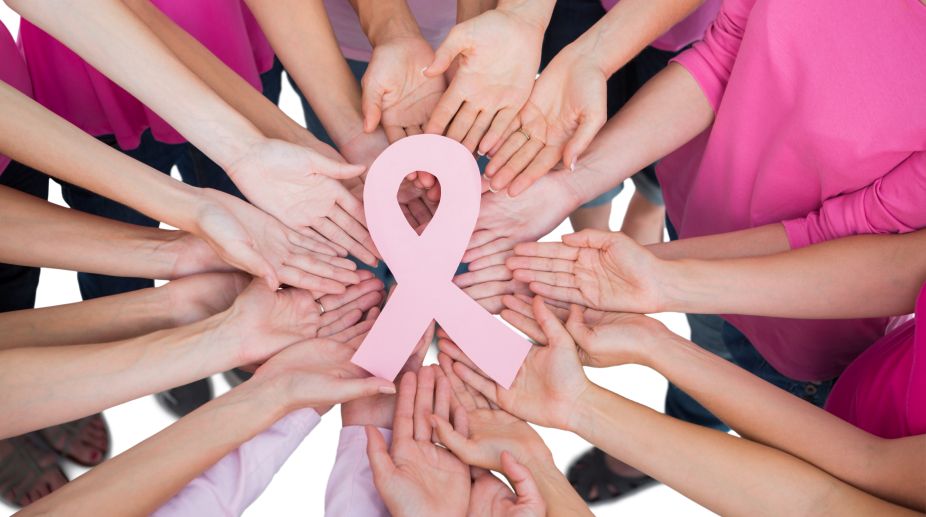One in ten of all new cancers diagnosed worldwide each year is a cancer of the female breast, and it is the most common cancer in women (especially young women) in both developing and developed areas. It is also the principal cause of death from cancer among women globally.
Cancer in breast is a major health burden on women worldwide. It is the most common cause of cancer among women in both high-resource and low-resource settings, and is responsible for over one million of the estimated 10 million neoplasms diagnosed worldwide each year in both sexes. Worldwide, more than one million new cases of female breast cancer are diagnosed each year.
Advertisement
Breast cancer is not age-specific. It can affect young women as well as older women. But it affect younger women differently.
The exact age considered “young” for having breast cancer varies. However, most scientific study refer to younger women with breast cancer as those younger than 35, 40, or 45 years of age.
According to the Centers for Disease Control and Prevention (CDC), about 255,000 women and 2,300 men receive a breast cancer diagnosis every year in the United States.
Breast cancer is the second leading cause of cancer-related death among women and the leading cause of cancer-related death among Hispanic women. In addition, Black women die from breast cancer more often than white women.
Compared with breast cancer in older women, an overview article that appears in the journal suggests that breast cancer in younger women:
- may be more aggressive, invasive, and fast-growing
- tends to have reached a later stage at diagnosis
- has a higher likelihood of being triple-negative or HER2-over expressing
- has a higher rate of recurrence
Younger women generally do not consider themselves to be at risk for breast cancer. But 15% of breast cancer cases occur in women under 40 years of age. All women should be aware of their personal risk factors for breast cancer.
What is different about breast cancer in younger women?
- Diagnosing breast cancer in younger women (under 40 years old) is more difficult because their breast tissue is generally denser than the breast tissue in older women, and routine screening is not recommended.
- Breast cancer in younger women may be more aggressive and less likely to respond to treatment.
- Women who are diagnosed with breast cancer at a younger age are more likely to have genetic mutations predisposing them to breast and other cancers.
- Younger women who have breast cancer may ignore the warning signs—such as a breast lump or unusual discharge—because they believe they are too young to get breast cancer. This can lead to a delay in diagnosis and poorer outcomes.
- Some healthcare providers may also dismiss breast lumps or other symptoms in young women or adopt a “wait and see” approach.
- Breast cancer poses additional challenges for younger women as it can involve issues concerning sexuality, fertility, and pregnancy after breast cancer treatment.
In general, screening mammograms are not recommended for women under 40 years old. However, for women with genetic mutations, screening can begin at 25, and in women with a family history of breast cancer, screening is often initiated 10 years earlier than the first affected relative in the family. Breast MRI is often recommended to high risk women in addition to mammography.











